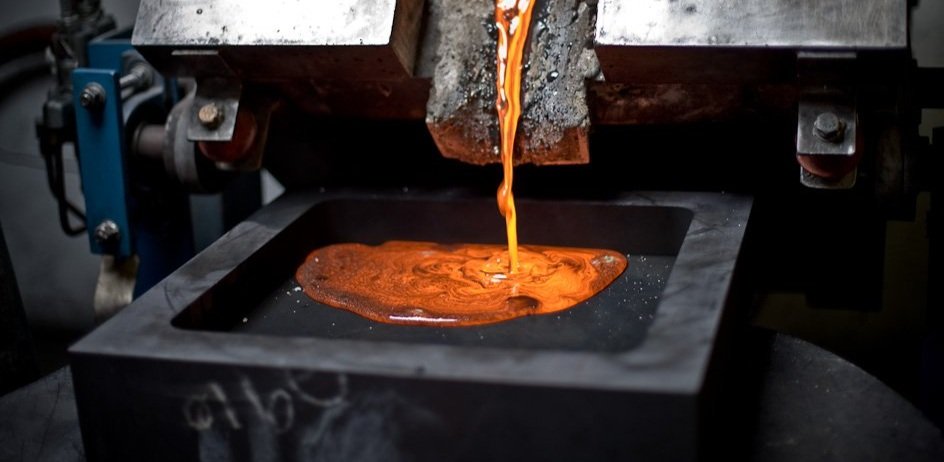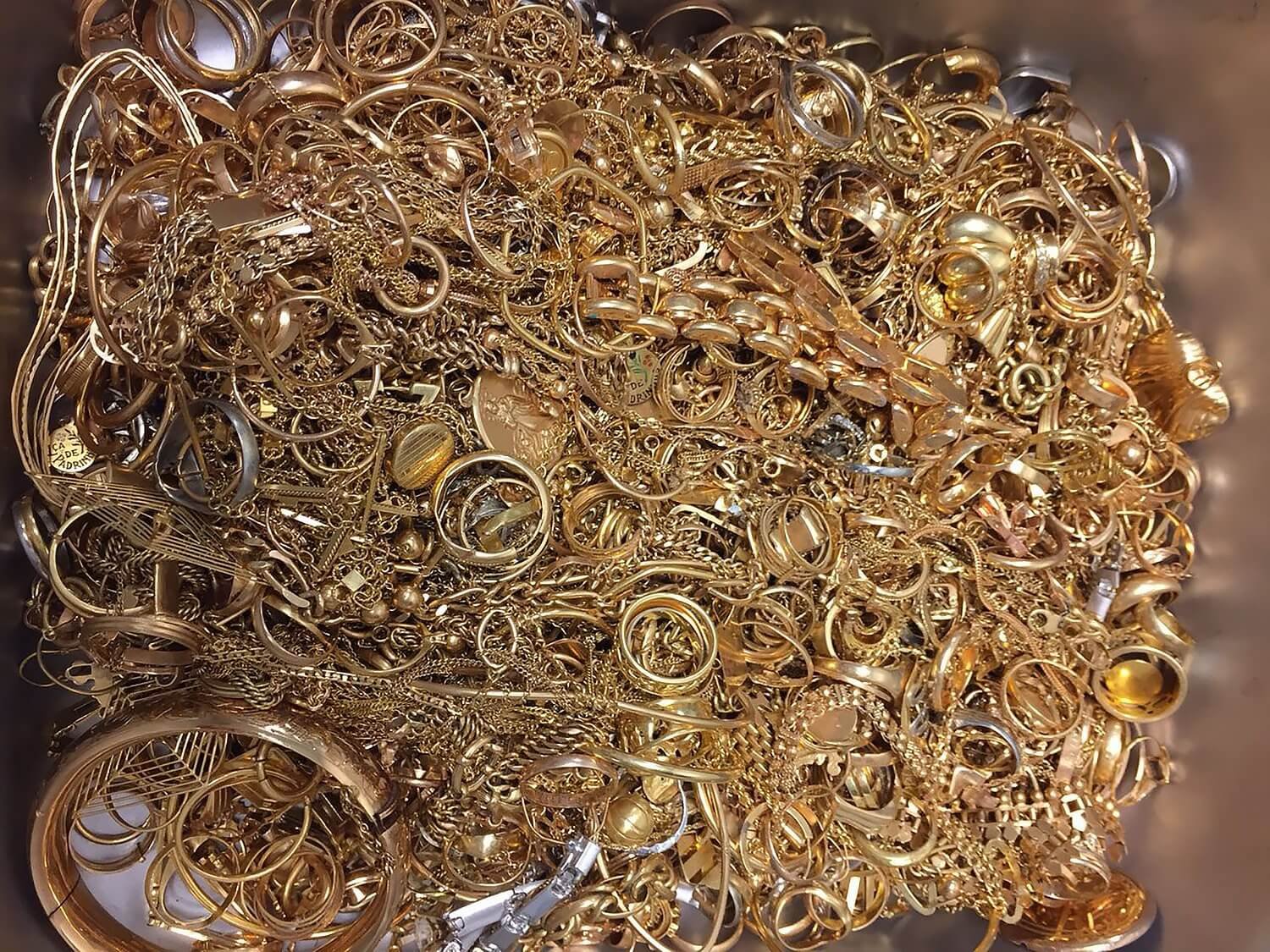The Most Popular Engagement Ring Styles in Every U.S. State
Engagement rings are as personal as the stories they symbolize. From classic solitaires to intricate vintage designs, every choice reflects a blend of tradition, taste, and timing. But when it comes to what people are searching for most, those preferences can vary widely across the country.
As a company rooted in precious metals and the artistry behind them, Elemetal keeps a close eye on the trends shaping jewelry today. To see how engagement ring styles and shapes differ across the U.S., we analyzed Google search data from the past 12 months to uncover the most popular designs in every state.
The Most Common and Most Popular Birthstones in the U.S.
Birthstones hold a special place in the world of jewelry. Whether set in a family heirloom or gifted to mark a milestone, these colorful gems are often tied to identity, sentiment, and tradition.
To better understand how birthstone preferences vary across the country, we analyzed two key datasets: birth records from the CDC and Google Trends search data. This allowed us to determine the most common and rarest birthstones in every U.S. state and 100 major cities, as well as which stones people are searching for most.
Understanding Palladium: Its Broad Applications and Refining Process
Palladium, a lustrous silvery-white metal, is part of the platinum group metals (PGMs). Renowned for its outstanding catalytic properties, malleability, and resistance to corrosion, palladium is among the rarest and most valuable precious metals. Its unique physical and chemical characteristics make it indispensable in various industries.
Platinum: Its Versatile Applications and Refining Process
Platinum, a dense, malleable, and highly unreactive metal, is one of the rarest elements found in the Earth's crust. Its remarkable resistance to wear, tarnish, and high temperature make it an extremely valuable and sought-after metal. Platinum belongs to a group of metals known as the Platinum Group Metals (PGMs), including palladium, rhodium, iridium, osmium, and ruthenium.
The National Gold and Silver Marking Act: A Journey Through Its History and Evolution
The National Gold and Silver Marking Act, also known as the National Stamping Act, plays a crucial role in the United States precious metals industry. Enacted in 1906, its purpose is to protect consumers from misleading claims about the content of gold and silver in items like jewelry and tableware. This federal law maintains the industry's integrity by stipulating accurate marking or 'stamping' of gold and silver items with their metal content, also known as fineness.
Discovering Placer Gold: A Guide
Placer gold is a type of gold that has been relocated from its original vein or lode due to weathering and erosion over millions of years. The gold is moved by natural forces such as water or glaciers, causing it to accumulate in crevices or deposits in rivers, streams, or other bodies of water. These locations are known as “placers,” hence the name “placer gold.”
Understanding Gold-Filled Jewelry
Gold-filled jewelry refers to a specific type of gold jewelry that offers similar durability as solid gold without the hefty price tag. It is created by using heat and pressure to bond a layer of gold to a base metal, often brass or copper, resulting in a piece that has a similar outer appearance as a solid gold item.
Karat Gold Jewelry: A Closer Look
Karat gold jewelry is any piece of jewelry made from gold that is not 100% pure, denoted by a karat (K) rating. The karat system is used to express the proportion of gold in an alloy out of 24 parts.









